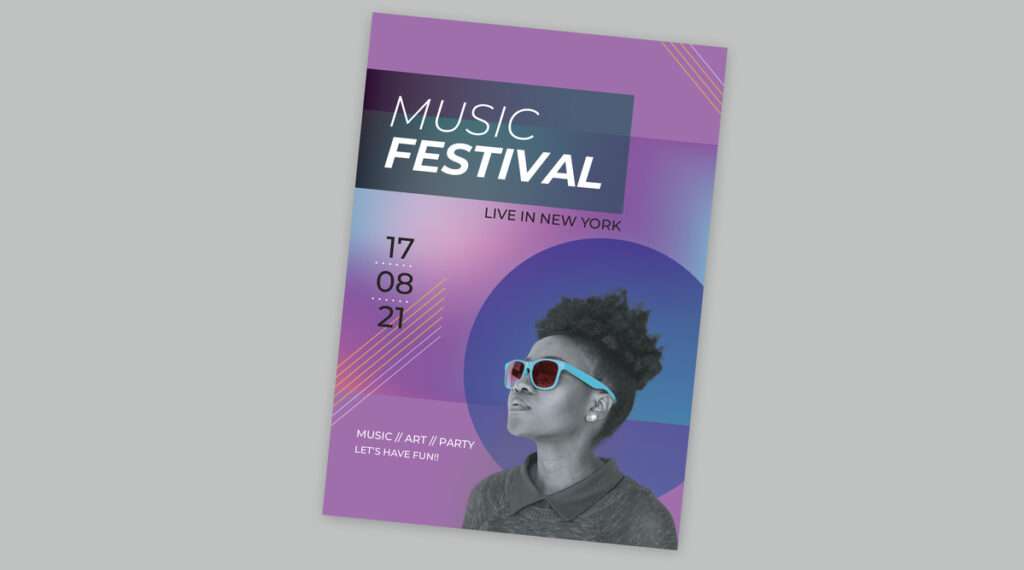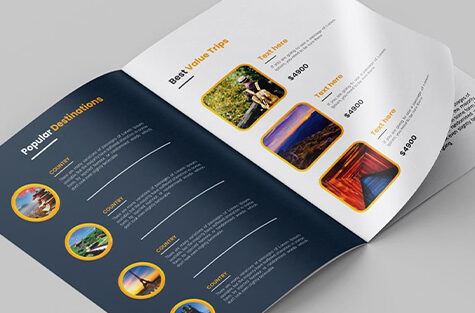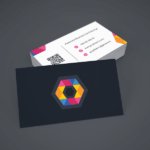In the digital age, where screens dominate our daily interactions, print design may seem like a relic of the past. However, print media continues to play a vital role in communication, branding, and marketing. As such, understanding user experience (UX) in print design is crucial for creating effective materials that resonate with audiences. This article explores the principles of UX in print design, emphasizing how thoughtful design can enhance user engagement and satisfaction.
Understanding User Experience in Print Design
User experience encompasses all aspects of the end-user’s interaction with a product or service. In print design, this means considering how users will engage with printed materials—be it brochures, flyers, posters, or packaging. The goal is to create designs that are not only visually appealing but also functional and easy to navigate. A successful print design should guide users through the information presented while evoking an emotional response that aligns with the brand’s message.
To achieve this, designers must consider several key elements: readability, hierarchy, and accessibility. Readability involves selecting appropriate fonts and sizes that ensure text is legible at various distances and lighting conditions. Hierarchy refers to organizing content in a way that highlights the most important information first—using size, color contrast, and placement to draw attention effectively. Accessibility ensures that all users can engage with the material; this includes considering color blindness when choosing palettes and ensuring sufficient contrast between text and background.
The Role of Visual Elements
Visual elements play a significant role in enhancing user experience in print design. Images, graphics, and colors can evoke emotions and convey messages more powerfully than words alone. For instance, using high-quality images relevant to the content can capture attention and create a connection with the audience. Similarly, color psychology can influence perceptions; warm colors may evoke feelings of excitement or urgency while cool colors often promote calmness and trust.
Moreover, consistency across visual elements reinforces brand identity. A cohesive look—through consistent use of logos, colors, typography, and imagery—helps establish recognition and trust among consumers. When users encounter familiar visual cues across different printed materials from a brand, it enhances their overall experience by providing a sense of reliability.


Interactivity in Print Design
While print is inherently static compared to digital media, there are innovative ways to incorporate interactivity into print design that enhances user experience. Techniques such as QR codes or augmented reality (AR) features allow users to engage further with printed materials by linking them to online content or experiences. For example, a brochure might include a QR code that directs users to an interactive website or video related to the product being advertised.
Additionally, tactile elements—such as embossing or unique textures—can create memorable experiences for users as they physically interact with printed materials. These sensory experiences add depth to the user’s engagement with the product beyond mere visuals.
Feedback Mechanisms
Finally, incorporating feedback mechanisms into print designs can significantly enhance user experience by fostering communication between brands and consumers. Including prompts for feedback on printed materials encourages users to share their thoughts about their experiences—whether through surveys on websites linked via QR codes or direct contact information for inquiries.
Understanding consumer feedback allows designers to refine future projects based on real-world usage data and preferences. This iterative process not only improves individual pieces but also contributes positively toward overall brand perception as customers feel valued when their opinions are considered.
Conclusion
In conclusion, user experience in print design is an essential aspect that cannot be overlooked despite the prevalence of digital media today. By focusing on readability, visual elements’ impact on emotions and branding consistency; exploring interactivity options; and implementing feedback mechanisms; designers can create compelling printed materials that resonate deeply with audiences.
As we move forward into an increasingly interconnected world where both digital and physical mediums coexist harmoniously together—the importance of prioritizing user experience within every facet of design remains paramount for success across all platforms.
By embracing these principles within your own projects—you’ll not only elevate your designs but also foster stronger connections between brands and their audiences through meaningful interactions rooted firmly within great user experiences!







